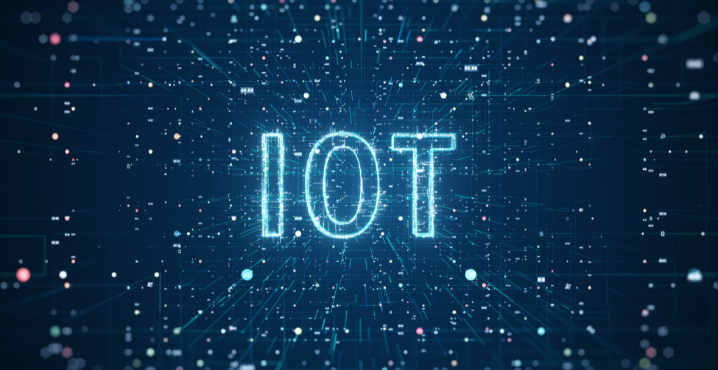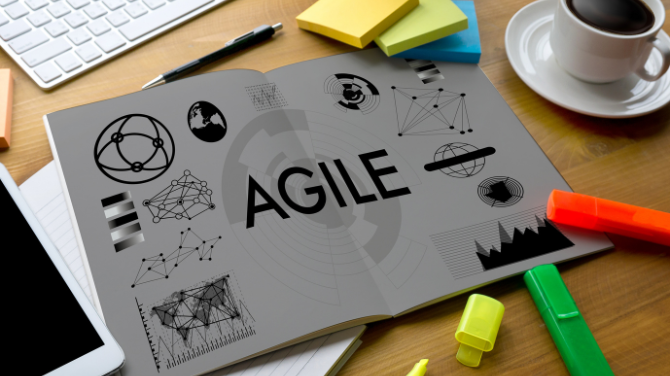
Related Articles

IT Outsourcing
RSK BSL Tech Team
May 4, 2025
|
|

Mobile Application Development
RSK BSL Tech Team
April 30, 2025
|
|

Software Development
RSK BSL Tech Team
April 27, 2025
|
|

Hire resources
RSK BSL Tech Team
April 24, 2025
|
|

Software Development
Praveen Joshi
April 20, 2025
|
|

Artificial Intelligence
Praveen Joshi
April 17, 2025
|
|

Pen Testing
Praveen Joshi
April 15, 2025
|
|

AI Tech Solutions
RSK BSL Tech Team
April 14, 2025
|
|

Software Development
RSK BSL Tech Team
April 9, 2025
|
|

Pen Testing
RSK BSL Tech Team
April 7, 2025
|
|

Software Development
RSK BSL Tech Team
April 3, 2025
|
|

Cloud Application
RSK BSL Tech Team
March 31, 2025
|
|

Pen Testing
Praveen Joshi
March 27, 2025
|
|

Software Development
RSK BSL Tech Team
March 25, 2025
|
|

Software Development
RSK BSL Tech Team
March 20, 2025
|
|

Software Development
RSK BSL Tech Team
March 18, 2025
|
How Does IoT Software Contribute to Sustainability and Environmental Monitoring?
Industries and our daily lives are changing because of the growth of IoT (Internet of Things) devices. The number of connected devices on the internet is increasing exponentially. Plus, it now includes anything from wearable technology and smart appliances to industrial sensors and driverless vehicles. IoT solutions have applications in many different fields and are revolutionizing how we use technology.
IoT devices offer remote patient monitoring in the healthcare industry, enhancing patient outcomes and lowering hospitalization rates. IoT-powered sensors and automation in agriculture improve crop management and resource efficiency. For waste management, energy efficiency, and traffic control, smart cities use iot software solutions. IoT is used in manufacturing to improve efficiency through predictive maintenance and process optimization.
Additionally, IoT has a significant impact on logistics, retail, and environmental monitoring. The IoT ecosystem’s potential seems infinite as it develops, enabling increased convenience, efficiency, and sustainability across numerous industries. It is becoming an essential component of our more connected world.
However, in this blog, we will only discuss the key contributions of iot solutions development to sustainability and environmental monitoring…
Contribution of IoT Software in Sustainability and Environmental Monitoring
IoT (Internet of Things) software plays a significant role in promoting sustainability and enhancing environmental monitoring in several ways:
1. Resource Efficiency:
- Smart Energy Management: IoT-connected devices can monitor and control energy consumption in buildings and industrial processes. This is a cause of reduced energy waste and lower carbon emissions.
- Water Conservation: IoT sensors in agriculture and urban infrastructure optimize water usage by providing real-time data on soil moisture levels and water supply. This helps conserve water resources.
2. Waste Reduction:
- Smart Waste Management: IoT-enabled waste bins can signal when they are full. It helps optimize waste collection routes and reduces fuel consumption and emissions from garbage trucks.
- Supply Chain Optimization: IoT in logistics and supply chain management helps reduce unnecessary transportation and packaging, minimizing waste in the process.
3. Environmental Monitoring:
- Air Quality: IoT software solutions measure air pollutants and provide real-time data to cities and individuals. This information can lead to improved air quality management and early warnings during pollution events.
- Water Quality: IoT devices monitor water quality in rivers, lakes, and oceans, identifying pollution sources and enabling timely responses.
- Wildlife Conservation: IoT trackers and sensors are used to monitor the movements and health of endangered species, aiding conservation efforts.
4. Precision Agriculture:
- Crop Monitoring: IoT sensors in agriculture collect data on soil conditions, weather, and crop health. This data informs precise irrigation and fertilization, reducing the overuse of resources.
- Livestock Management: IoT devices monitor the health and location of livestock, minimizing disease outbreaks and preventing overgrazing.
5. Reducing Emissions:
- Smart Transportation: IoT applications in transportation optimize routes, reduce idle times, and improve fuel efficiency. This ultimately helps in lowering greenhouse gas emissions.
- Electric Vehicle (EV) Charging: IoT-based charging infrastructure for EVs supports the transition to cleaner transportation options.
6. Disaster Preparedness and Response:
- Natural Disaster Monitoring: IoT sensors can detect earthquakes, floods, and forest fires. Early warnings enable faster responses and potentially save lives.
- Climate Change Research: IoT devices gather climate data from remote regions, helping scientists monitor and understand the impacts of climate change.
7. Eco-friendly Consumer Choices:
- Smart Consumer Devices: IoT software solutions allow consumers to make environmentally conscious choices by providing information on energy-efficient appliances and sustainable products.
- Food Supply Chain: IoT-enabled traceability in the food supply chain helps consumers make informed choices about sustainably sourced products.
8. Efficient Industrial Processes:
- Predictive Maintenance: IoT software predicts equipment failures, reducing downtime and preventing unnecessary resource consumption in manufacturing and heavy industries.
- Emissions Monitoring: Continuous monitoring of emissions in industrial facilities ensures compliance with environmental regulations.
In conclusion, IoT software greatly improves environmental monitoring and sustainability. It does that through resource optimization, waste reduction, improved monitoring capabilities, and promotion of eco-friendly practices across many industries. This technology is essential for tackling significant environmental issues and promoting a future that is more sustainable.
What the Future Holds for IoT in Terms of its Application to Environmental Monitoring?
The future of IoT in environmental monitoring is poised for remarkable growth and innovation. We can expect:
- Greater Precision: IoT sensors will become even more precise, providing highly detailed data on air and water quality, biodiversity, and climate parameters.
- Predictive Analytics: Advanced analytics and AI will enable predictive insights, helping anticipate environmental changes and prevent disasters.
- Global Coverage: Expanding IoT networks will enhance global environmental monitoring, aiding in climate research and disaster response.
- Citizen Engagement: IoT software solutions will empower individuals to participate in environmental stewardship through data-sharing and grassroots monitoring initiatives.
- Policy Influence: Rich IoT data will drive evidence-based policies, accelerating sustainability efforts. IoT’s future in environmental monitoring promises a more informed, proactive, and sustainable approach to safeguarding our planet.
Few Final Words
Even though IoT has been there for a while now. But we still need to consider this technology in its rudimentary phase because of its immense potential. Various software development services across the globe are still trying to harness the technology to maximum output. You need to keep educating and updating yourself regarding the changing tech to leverage its advantages for your business.
Praveen Joshi
Praveen is a seasoned IT Solutions Leader and Director at RSK Business Solutions, a technology-driven IT Consulting Company that specializes in Bespoke Software Development, Agile Consulting, Mobile App Development, Smart Sourcing, and much more. For the last 17 years, he has been delivering quality custom IT solutions that help businesses achieve their goals.

 Share
Share Post
Post Tweet
Tweet Copy
Copy


